OVERSTEER looks at the automotive legacy behind Mitt Romney
(Please hold cursor over image for caption)
What’s the link between failed Republican Presidential candidate Mitt Romney and CLASSIC OVERSTEER? Ol’ Mitt’s Dad was George W. Romney, the man who oversaw the ending of Hudson and Nash and the introduction of Rambler as a brand.
It’s an interesting tale that begins with Mitt’s grandparents who were Mormons and practised polygamy — that means Mitt’s granddad had more than one wife. They fled the USA to Mexico at the turn of last century to escape the crackdown on polygamy by the U.S. feds and stayed there until they were chased back across the border by the Mexican revolution. George was born in Mexico.
Back in the USA the family was impoverished and moved from state to state, seeking work.
They were devout Mormons and in the twenties, George had saved enough hard-won money to fund himself as a missionary, and went to Scotland, working in the feared Gorbals area of Glasgow. While he failed to convert many Scots to Mormonism, he was so deeply affected by the abject poverty that he saw that he began to question his belief in God.
Back in the U.S.A he worked at many basic labouring jobs but always wanted to improve himself. In 1939 he moved to Detroit and got a job in the office of the Automobile Manufacturers Association (AMA) and quickly moved up through the ranks.
Meanwhile, he had met, pursued and married a wannabe actress named Leonore LaFount.
During the war he continued his path to the top of the AAMA and was instrumental in negotiating war contracts for the carmakers. After the war he was just as instrumental in ending those contracts quickly to allow the carmakers to get back to their core business — making automobiles and trucks.
In 1947, the fourth of the Romney’s children was born — Willard Mitt Romney.
George was now a star in the automotive industry and he was head-hunted to join Nash in 1948. Nash was struggling and probably would already have gone had it not been for wartime contracts and the Kelvinator refrigerator division.
Under Nash Kelvinator President, George Mason, Romney learned the car industry from the ground up and was successful in getting the very stroppy and difficult unions to agree to restructuring of the company. On the product front, in 1950, he oversaw the design and introduction of the Nash Rambler — a small car for Americans at the time.
This was a tough time for the American auto industry, particularly for the smaller companies and in 1954 George Mason did a deal that saw Nash and Hudson merge to become AMC — American Motor Corporation. But hardly had the ink dried on the merger documents than Mason died and George Romney became the new President — a post he held until 1962.
Romney saw that it was futile to battle head-to-head with the Big Three — GM, Ford and Chrysler and decided on a different strategy — smaller, more fuel efficient cars. So he axed Hudson and Nash. But, by this time Hudsons were really nothing more than Nashes with some sheet metal and badge changes.
The Little Nash Rambler (Beep Beep) became the Rambler and the company’s new brand.
Under Romney, AMC posted a profit in 1958 and during his tenure AMC shareprices rose from $7 to $90, making him a multi-millionaire in the process.
But he was a fair man. If he felt his bonuses were too high, he gave them back to the company. He was also one of the few corporate signatories in the state of Michigan to press for and then implement, the Fair Employment Practices Act.
George W Romney became a household name across America, writing the scripts for many AMC television commercial and fronting them himself in a real “blokey” sort of way.
But it was the manner in which he had turned AMC around that earned him the real praise.
During the early fifties Hudson had made a huge name for itself by being the car to beat in fledgling NASCAR racing. It’s low-riding chassis and big, torquey, 5.0 litre inline, sidevalve six (the biggest six cylinder car engine in the world) gave it a real advantage. But Romney’s new promotional strategies focused on fuel efficiency and Ramblers dominated the Mobilgas Economy Runs of the late fifties and early sixties.
But Romney wasn’t happy inside. He wanted to do more and after some painful decision-making that included a 24 hour prayer fast, Romney quit AMC in 1962 to enter politics. He became the Governor of Michigan, was heavily involved in the Republican Party (but with a far more liberal view than many of his party bed-fellows) and also headed the Mormon Church.
However, he was the Governor of Michigan during the 12th Street Riot in Detroit — the worst rioting in the USA for 50 years — that saw 45 dead.
Despite that — and despite the fact he was a high-ranking Mormon — and despite the fact some questioned if he really was American because he was born in Mexico — George Romney stood for the Republican Presidential nomination in 1968 and it came down to either him or Richard Millhouse Nixon.
Romney’s campaign was marred by some gaffes and a mixed stand on the unpopular Vietnam War and he lost to Nixon.
However he remained very much in public life, but the car era was well over.
He died in 1995.
As for AMC? After Romney’s departure in 1962, new brooms swept clean and AMC moved back to build bigger cars to distance itself from the perceived negativism of small compact cars. Despite buying Jeep the company never really prospered again and moved back into making smaller cars in the seventies.
A desperate move came in 1980 when AMC entered into a partnership with Renault. But it all came to nothing and in 1987 Chrysler bought the company.
Today, it’s all owned by Fiat.
So Mitt comes from good stock at least.

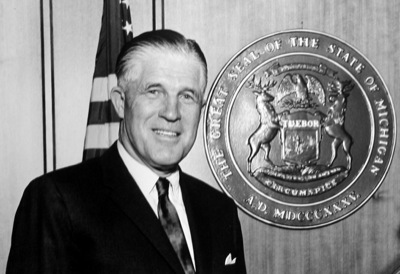
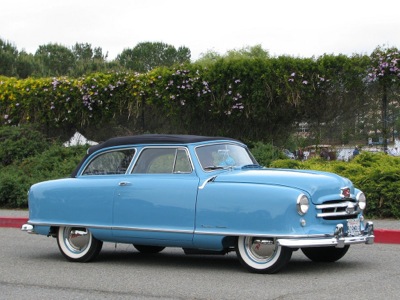
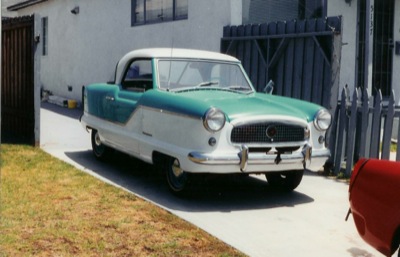
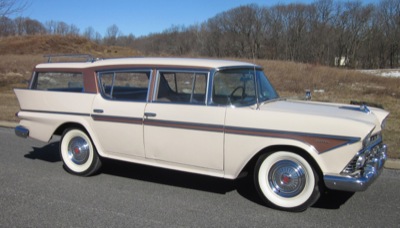
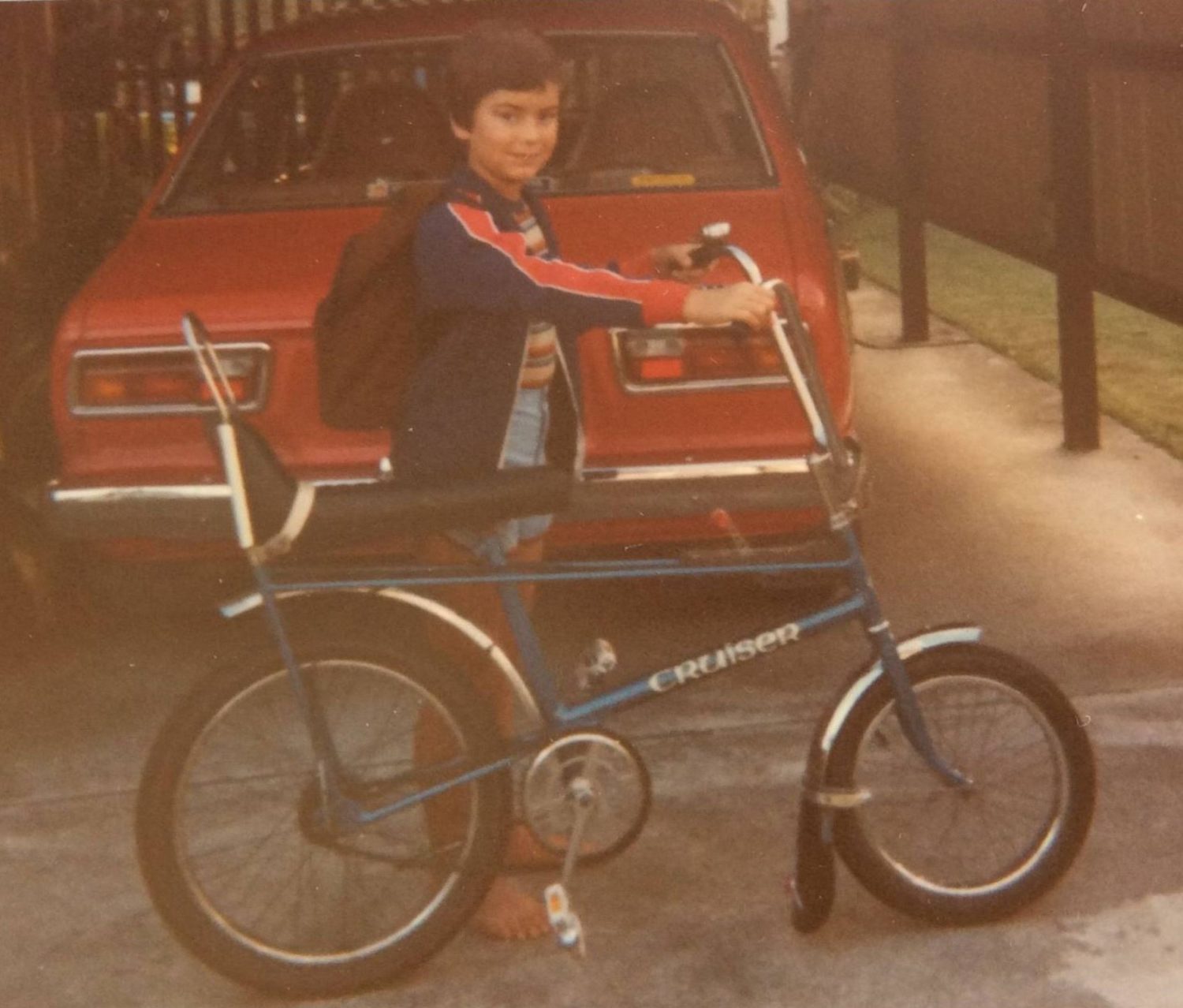
You must be logged in to post a comment.